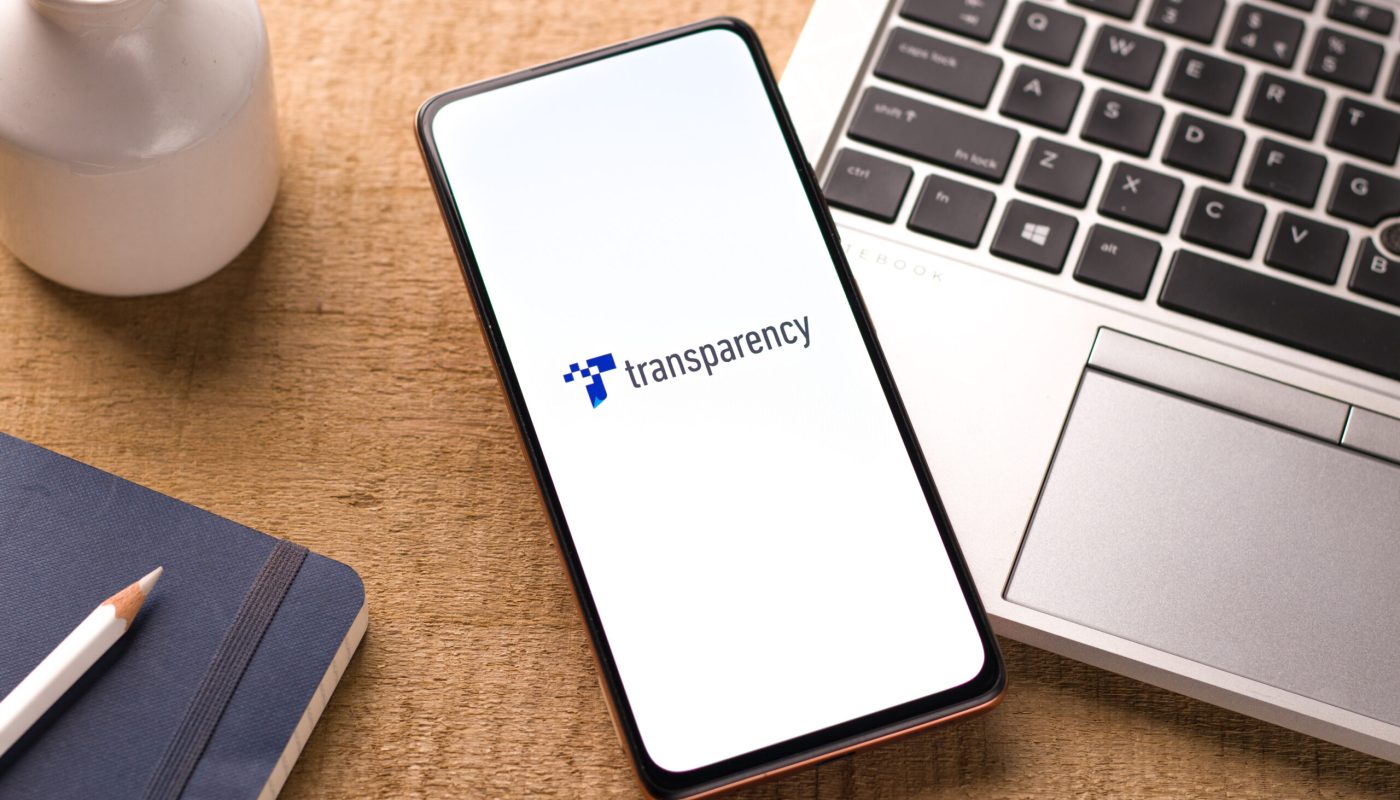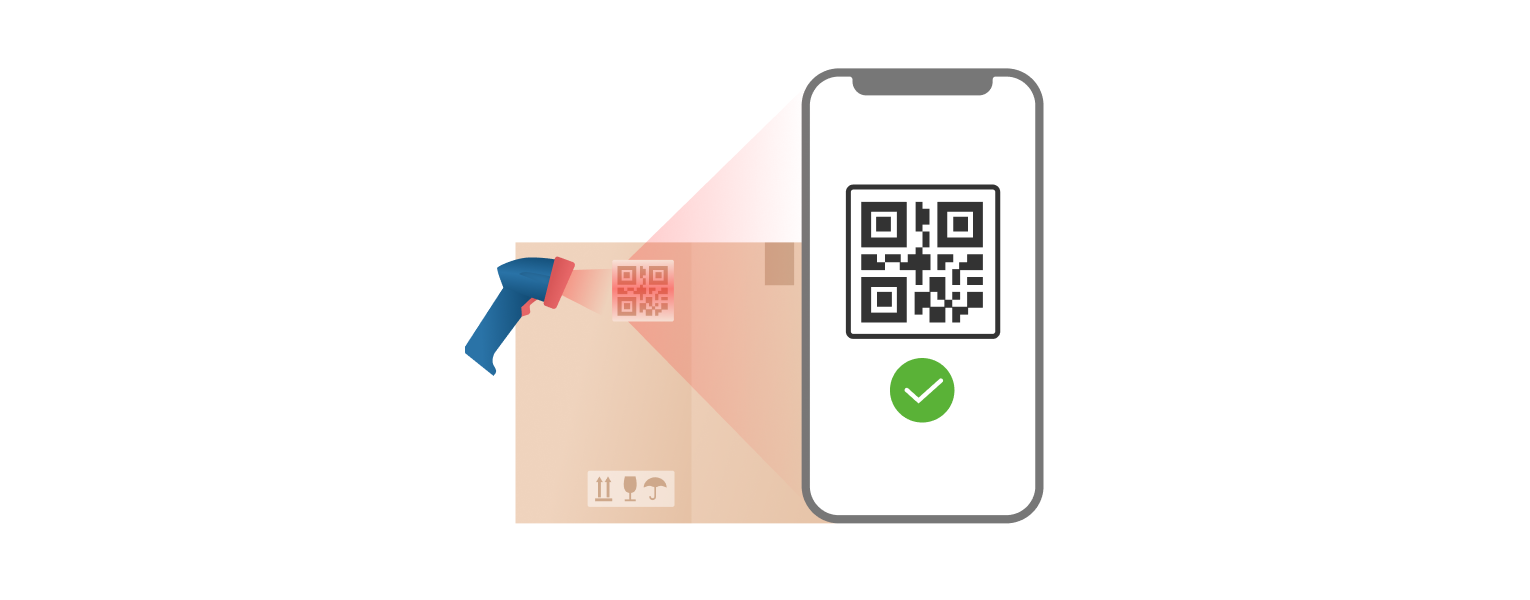
Is It Worth It to Join the Amazon Transparency Program?
“Transparency allows the light of truth to shine through.”
- Chris Richardson
Counterfeiters are troublemakers who sell fake products online, and it's tough for Amazon to stop them with so many sellers and products. But Amazon has a plan called the Transparency Program to help. This article looks at whether it's a good idea and if it could help you.
How does transparency work on Amazon?
Transparency is a service that marks products individually to stop fake ones from reaching buyers.
In simpler terms, Transparency is a service offered to both Amazon brands and third-party sellers. It assigns a special code to each product sent to Amazon's FBA (Fulfillment by Amazon) warehouses. This code is unique to your brand and cannot be copied by counterfeiters, unlike the commonly known UPC or EAN codes.
This code can be scanned:
By Amazon, to check if the products are genuine.
By stores (if you're a manufacturer).
By customers using their phone, to make sure they got real products, not fakes.
With Amazon, sellers often want to lower prices to win the Buy Box. But some dishonest sellers use low-quality materials to copy good products or take over your listings to sell fake ones. This makes customers unhappy and damages your brand's reputation.
Transparency is Amazon's way of stopping counterfeiters and making customers trust brands in the Brand Registry program. If a seller can't show a valid Transparency code to Amazon, the product won't be sold to the customer. If it does, the customer will be warned that it might not be the real product.
How is transparency achieved on Amazon?
Think of transparency, like how big brands give unique serial numbers to each product they sell, such as iPhones.
When you send products to Amazon's Fulfillment Center with Transparency, Amazon checks these codes to make sure the products are real. They won't accept products without these codes.
Amazon also checks the code just before the product is shipped out when you make a sale.
When your customers receive their order, they can scan the code to make sure it's real and check other details. A green check mark means it's authentic, but a red cross mark means it's fake. If they think it's fake, they can contact the Transparency team to report it.
Sellers can include additional details and unit-level information on the print label, as long as it follows the specified format. This includes showing the UPC, FNSKU, and details like manufacturing date, ingredients, and materials used. Some sellers are hoping that Amazon will allow them to add a link to a brand page or an Amazon storefront in the future.
What is the App for Transparency?
Amazon has a Transparency feature that helps buyers easily check if products they've bought online are real. When you scan the product's QR code with the app, it shows a green tick if the code is valid and a red cross if it's not.
Brands can also use the Transparency app to share specific details about each unit, such as when and where it was made, and other relevant information, directly with consumers.
Can I be FBM and enroll in Transparency?
Absolutely! Even if you handle packing and shipping yourself through methods like Fulfilled By Merchant or Seller Fulfilled Prime, you can still use Transparency.
Transparency codes are still available from Amazon, but you will need to provide them the unique codes for every product you distribute to clients.
The Transparency code doesn't replace the UPC. The UPC or EAN is used to identify a product in general, while Transparency codes are for each individual unit of that product.
For example, if you're selling 5 units of Product X, you'll have 5 unique Transparency Codes, but only 1 UPC code.
Note: To join the Transparency Program, you need a valid UPC or EAN.
What are the Amazon Transparency Program's advantages and disadvantages?

While Transparency seems beneficial at first, it's not free. It requires additional steps and expenses in your supply chain. Let's take a look at the advantages of Transparency and its associated costs:
Advantage of Amazon Transparency
Prevent counterfeiters from selling fake products. Every party involved in your supply chain can verify your products using the transparency code. This makes it hard, if not impossible, for counterfeiters to take over your listings. Just make sure to keep your codes safe.
Safeguard and enhance brand reputation. When customers scan your transparency code with the app, a green check mark confirms authenticity. This eliminates concerns about counterfeiters tarnishing your brand's image, ensuring peace of mind.
Disadvantage of Amazon Transparency
Additional tasks during shipping. Transparency means you have to put labels on your products, which is hard to automate because each code is unique.
Transparency isn't free. The labels will cost you between 1 to 5 cents per label, depending on how many you order. Also, remember to consider the costs of printing and putting each label on every unit.
To join Transparency, you'll need to meet certain requirements, like with other Amazon programs. While it takes some effort to enroll, these requirements are things serious sellers should be doing anyway.
Transparency applies only to your own listings. If counterfeiters are selling your product elsewhere, you'll need to report it as an intellectual property (IP) concern.
Amazon wants you to use Transparency labels even if you sell products somewhere other than Amazon. If you're worried about Amazon tracking where else you sell, this might be a problem for you.
How Much Does Transparency Cost on Amazon?

Amazon Transparency costs between 1 to 5 cents per code.
You might be wondering: Why do sellers have to foot the bill? Doesn't Amazon have its own issues with counterfeits? (Remember when they copied Peak Design's sling bag?)
Your guess is as good as mine.
At 5 cents per code, it's not exactly cheap to implement, especially considering how costs can add up.
In any case, a few cents per unit for each code is a small price to avoid the headache of counterfeiters ruining your business or getting you suspended.
To keep costs down, Amazon offers volume discounts. Currently, the rates are:
5 cents per code
3 cents per code if you order at least 1 million codes at once
1 cent per code if you order over 10 million codes at once
Another cost to consider is printing and applying the labels to your packaging. You can either print the labels yourself or buy them from a Transparency Service Provider (TSP) approved by Amazon.
TSPs are third-party companies vetted by Amazon. They know the program well, which means your codes and labels are more secure.
How do I register for Transparency on Amazon?
Many sellers find signing up for Transparency to be a fairly easy process, which isn't something you often hear about with Amazon.
Here's a helpful graphic from Amazon's Transparency page:
1. The ability to prove that you're the owner of the brand for your products.
This requires being registered with Amazon's Brand Registry or having a trademark for your product. It's important to have these rights before trying to protect your product from counterfeiters.
You can streamline this process through the Amazon IP Accelerator Program. This program helps you apply for intellectual property (IP) rights faster by working with firms accredited by Amazon. It also helps you get enrolled in Brand Registry more quickly.
2. A Global Trade Item Number (GTIN), like a UPC or EAN barcode, must be on your products.
Make sure your GTIN is valid by confirming it on the GS1 registry. To ensure validity, obtain your GTINs from official sources.
3. You need to put a unique Transparency code on each product you make.
You have a few options:
Work with a Transparency Service Provider (TSP).
Print labels yourself and put them on your packages.
Use the design-in packaging method.
Putting the labels on yourself might save you money, but incorporating the codes into your packaging design (the design-in method) makes the process smoother and is better for marketing.
Once you've fulfilled the basic requirements, you can visit the 'Get started' portal on the Transparency website to enroll. Amazon will request your contact details and brand information during the sign-up process.
4. Orientation
After completing the verification process, an onboarding specialist will reach out to you within a couple of weeks to guide you through the program setup.
Many sellers find this process relatively easy, with Amazon offering helpful assistance along the way.
Once set up, you can start registering your products and ordering transparency codes. In the Transparency service portal, you can choose which products you want codes for and specify how many you need. You can also access transparency code files and reports through this portal.
Do I need to register for Amazon Transparency?
Like many Amazon programs, Transparency is more suitable for some sellers than others.
It's worth considering if you're already enrolled in the Brand Registry and have a trademark for your product. In other words, if your product is established and worth protecting.

If you sell pricey items like electronics or unique gadgets that are often copied, using Transparency is a no-brainer.
As of now, Amazon lets you enroll only specific ASINs (product identifiers) in Transparency, not your whole product range. This allows you to try it out or focus on your top-selling items. And for each product you enroll, you must put a unique Transparency code on every single unit made for that product.
Overview
In summary, Amazon Transparency may not be perfect, but it's a commendable effort by Amazon to safeguard authentic brands and address counterfeiting challenges.
The prerequisites for enrollment are essential measures to safeguard your brand and combat counterfeiters effectively.
Have you had any experience with Transparency? Feel free to share your thoughts in the comments below.
Do you want to learn more about Amazon Transparency?
Book a Call with us today!
AMZ Shifu can help you in starting and growing your Amazon business!
